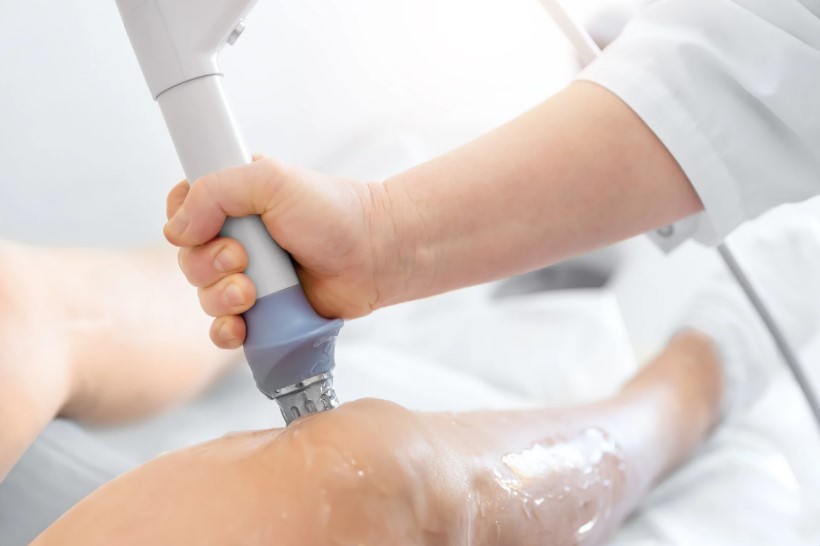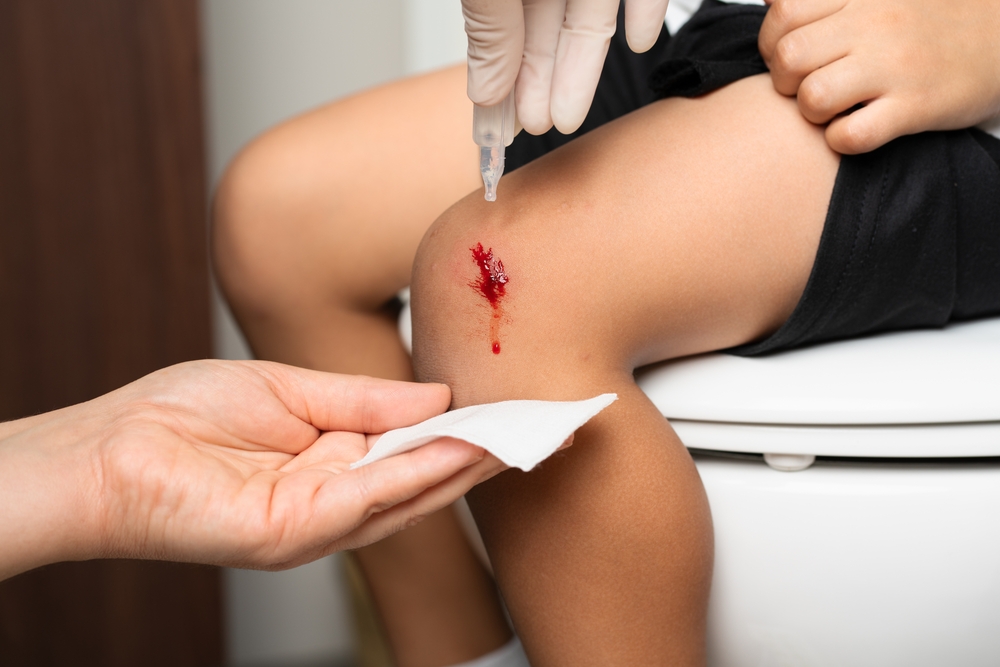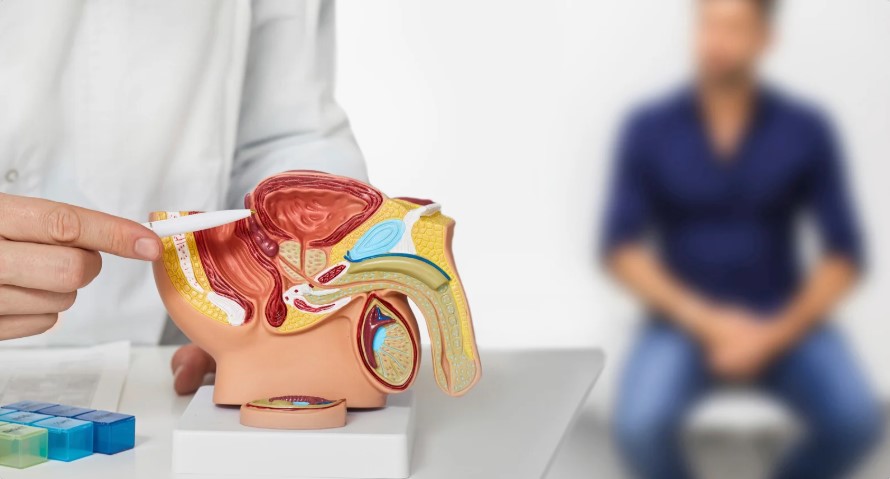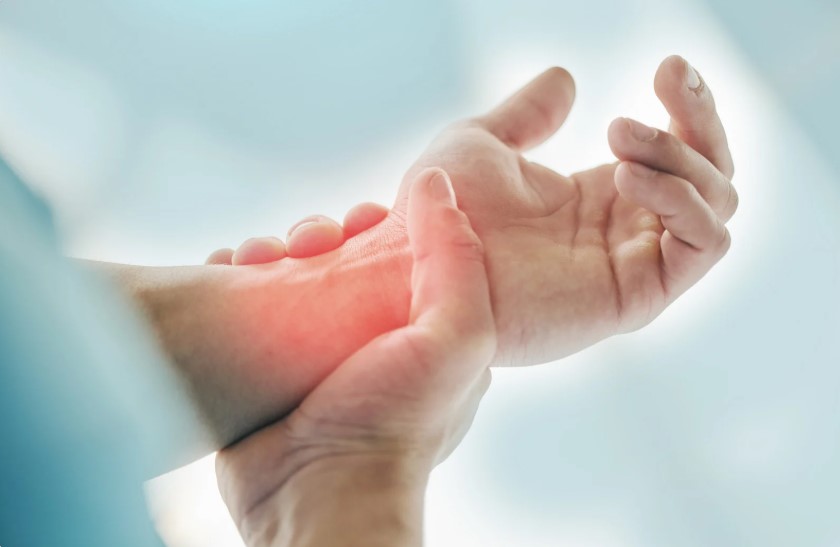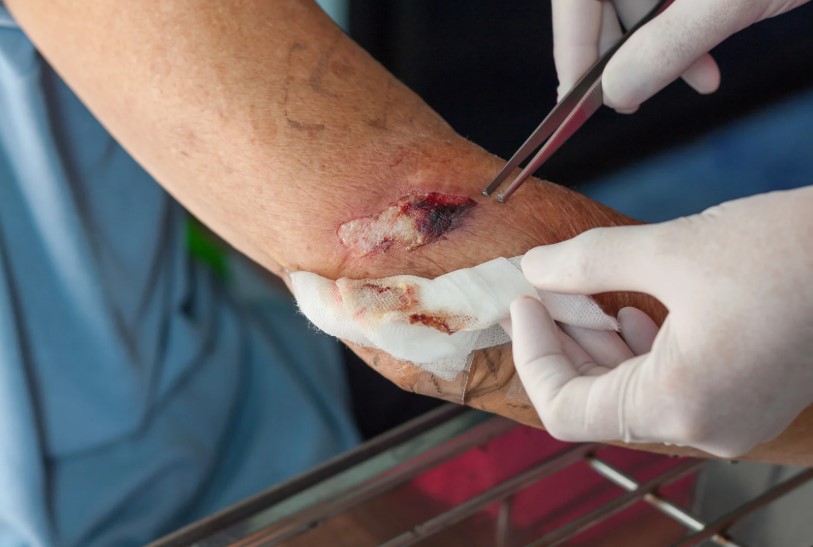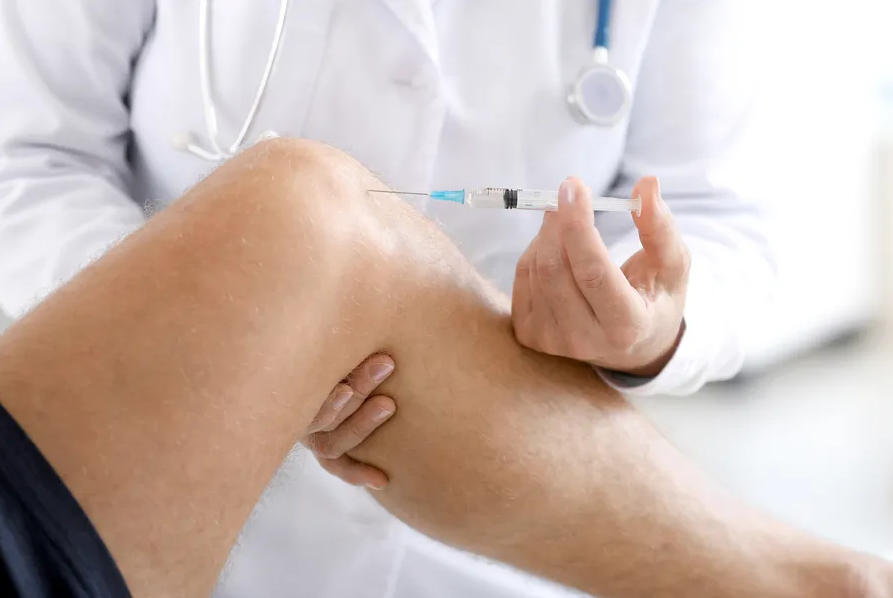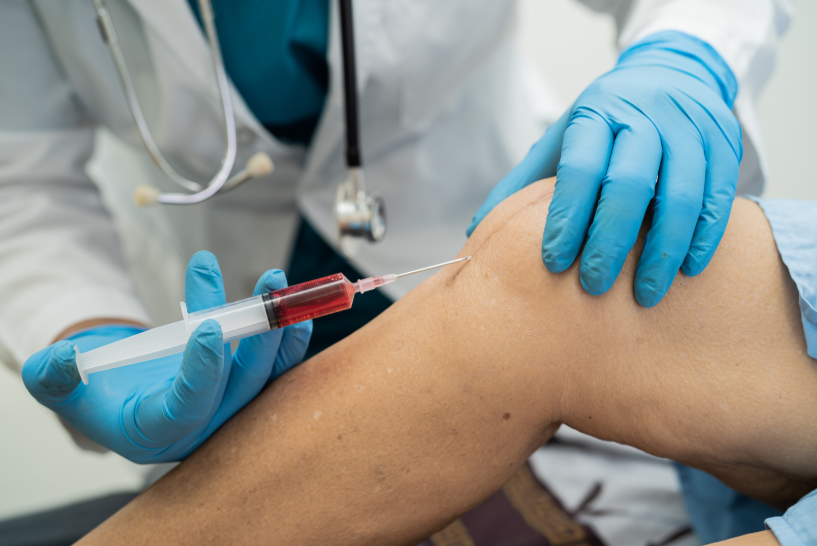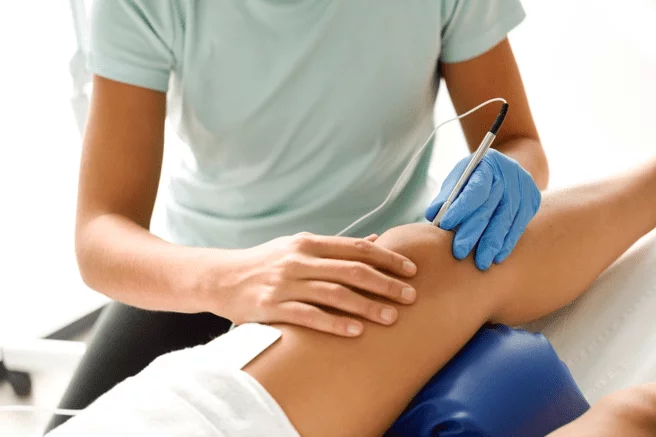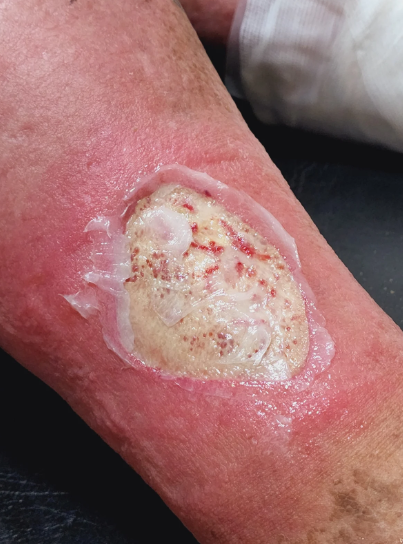Runners and athletes constantly push their bodies to the limit, which often leads to injuries that can slow down training and performance. From nagging tendon pain to stress-related injuries, recovery is an essential part of maintaining peak condition. Shockwave Therapy in Fishers, IN has become a game-changing solution, helping active individuals heal faster, reduce pain, and return to the sports they love. For the best care and long-lasting results, many turn to Osteopractic Physical Therapy of Central Indiana, the trusted provider of advanced sports injury rehabilitation.
What is Shockwave Therapy?
Shockwave Therapy in Fishers, IN is a non-invasive treatment that uses acoustic sound waves to stimulate the body’s natural healing process. The therapy targets damaged tissues, improving blood circulation and triggering cell regeneration. Unlike surgery or medications, shockwave therapy provides a safe, drug-free, and highly effective approach to recovery. Athletes appreciate that sessions are quick, convenient, and tailored to the demands of sports performance.
Common Sports Injuries Treated with Shockwave Therapy
Sports injuries are not only painful but also disruptive to training schedules and competition readiness. Shockwave Therapy in Fishers, IN effectively treats a wide range of athletic conditions, including:
- Plantar fasciitis – a frequent issue among runners caused by repetitive stress on the feet.
- Achilles tendinopathy – chronic irritation and pain in the Achilles tendon.
- Shin splints – inflammation along the shinbone often linked to overtraining.
- IT band syndrome – tightness or pain in the outer thigh and knee, common in long-distance runners.
- Patellar tendinitis (jumper’s knee) – pain around the kneecap aggravated by jumping and running.
- Chronic soft tissue injuries – including strains that resist healing with rest alone.
By targeting these injuries, shockwave therapy accelerates recovery and allows athletes to return to peak performance sooner.
Why Athletes and Runners Choose Shockwave Therapy in Fishers, IN
Athletes prioritize treatments that deliver results without long downtimes. Shockwave Therapy in Fishers, IN is highly valued because it:
- Stimulates natural healing and tissue repair.
- Shortens recovery periods, helping runners return to training.
- Provides a non-surgical, drug-free alternative to injections or invasive procedures.
- Improves mobility while reducing the risk of re-injury.
At Osteopractic Physical Therapy of Central Indiana, runners and athletes receive personalized care from specialists who understand the demands of high-performance sports.
What to Expect During a Shockwave Therapy Session
Athletes often want to know what the process feels like. A session of Shockwave Therapy in Fishers, IN begins with a professional evaluation to assess the specific injury. The therapist then applies targeted pulses of sound waves to the affected area in a treatment lasting 15–30 minutes. Most patients describe the sensation as mild discomfort, which is tolerable compared to the benefits of long-term pain relief. Depending on the severity of the injury, athletes may need a series of sessions, with improvements often noticeable after just a few treatments.
Shockwave Therapy vs. Traditional Recovery Methods
Conventional recovery methods such as rest, ice, physical therapy exercises, or medications can help but may not always resolve chronic sports injuries. Shockwave Therapy in Fishers, IN offers a unique advantage by addressing the root cause of pain and stimulating tissue healing. Unlike painkillers that mask symptoms, shockwave therapy promotes long-term recovery. When combined with rehabilitation exercises at Osteopractic Physical Therapy of Central Indiana, athletes experience both symptom relief and enhanced physical performance.
Local Benefits: Shockwave Therapy in Fishers, IN
Choosing a local provider ensures convenient access and specialized expertise. Athletes in Fishers benefit from having Osteopractic Physical Therapy of Central Indiana nearby, where expert therapists design treatment plans tailored to each individual’s sport and injury history. Whether you are a recreational runner preparing for your next 5K or a competitive athlete striving for peak form, you’ll find that personalized shockwave therapy care supports both recovery and future performance goals.
Is Shockwave Therapy Right for You?
Not every athlete requires the same treatment, but Shockwave Therapy in Fishers, IN is often recommended for individuals experiencing stubborn tendon pain, stress-related injuries, or chronic conditions that have not responded to rest or medications. The best way to determine suitability is to schedule an evaluation with Osteopractic Physical Therapy of Central Indiana, where a specialist can develop a customized treatment plan.
Takeaway
Shockwave Therapy in Fishers, IN has revolutionized recovery for runners and athletes by offering faster healing, pain relief, and long-term performance benefits. For those eager to get back on the track, trail, or court, this therapy provides a proven and reliable option. Osteopractic Physical Therapy of Central Indiana remains the top choice for athletes seeking expert care and personalized treatment plans designed to restore mobility and prevent re-injury.
Frequently Asked Questions
How many shockwave therapy sessions are needed for sports injuries?
Most athletes see results after 3–6 sessions, though the exact number depends on the severity of the injury.
Is shockwave therapy safe for long-distance runners?
Yes, Shockwave Therapy in Fishers, IN is safe and effective for runners, providing relief without interfering with long-term performance.
Does shockwave therapy hurt during treatment?
Some patients feel mild discomfort during the procedure, but it is short-lived and far outweighed by the benefits.
Can shockwave therapy prevent future injuries?
By improving tissue health and reducing chronic inflammation, shockwave therapy can lower the risk of recurring injuries.
How soon can I return to running or training after a session?
Most athletes can continue light activity within a few days and gradually return to full training as recommended by their therapist.

